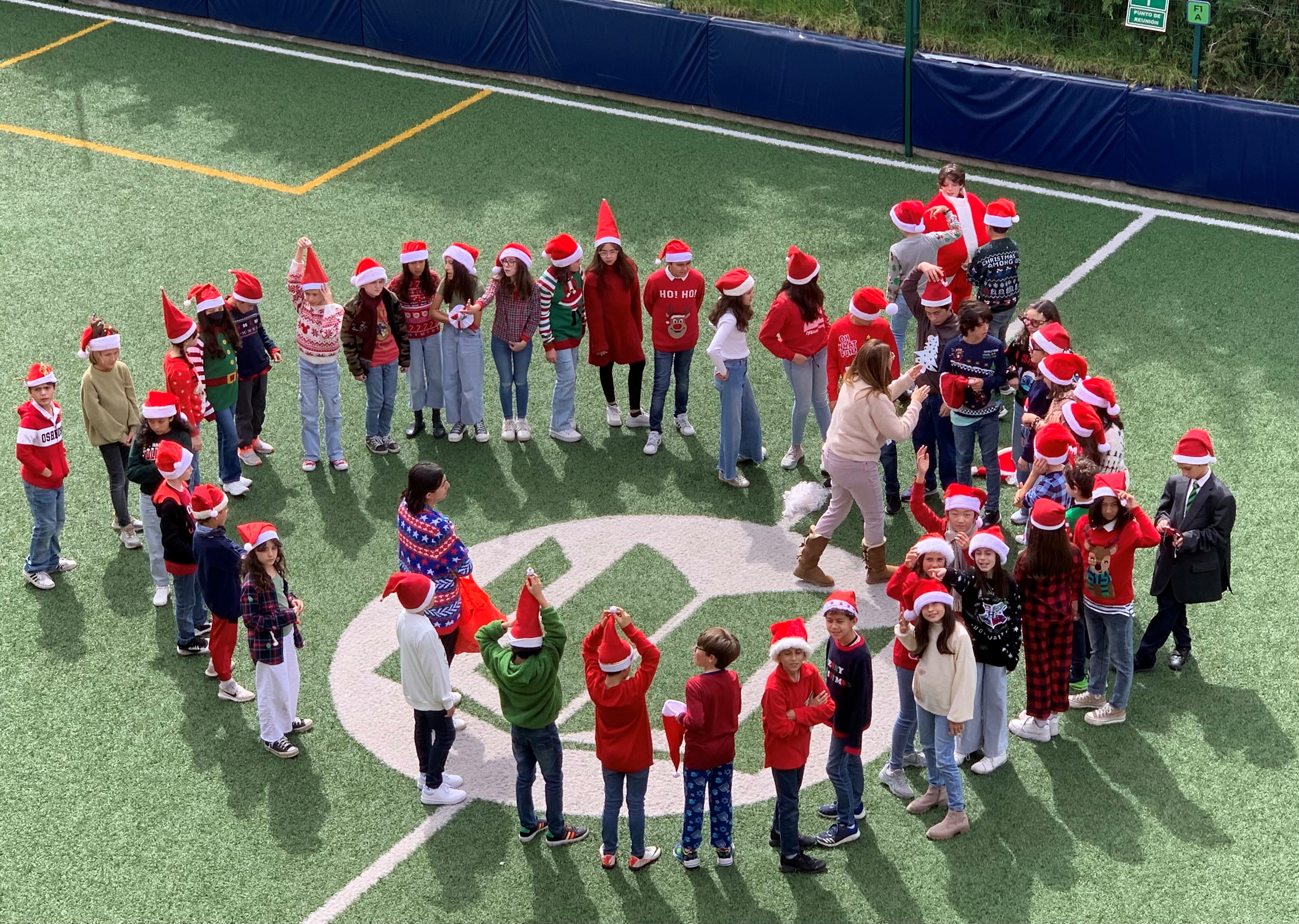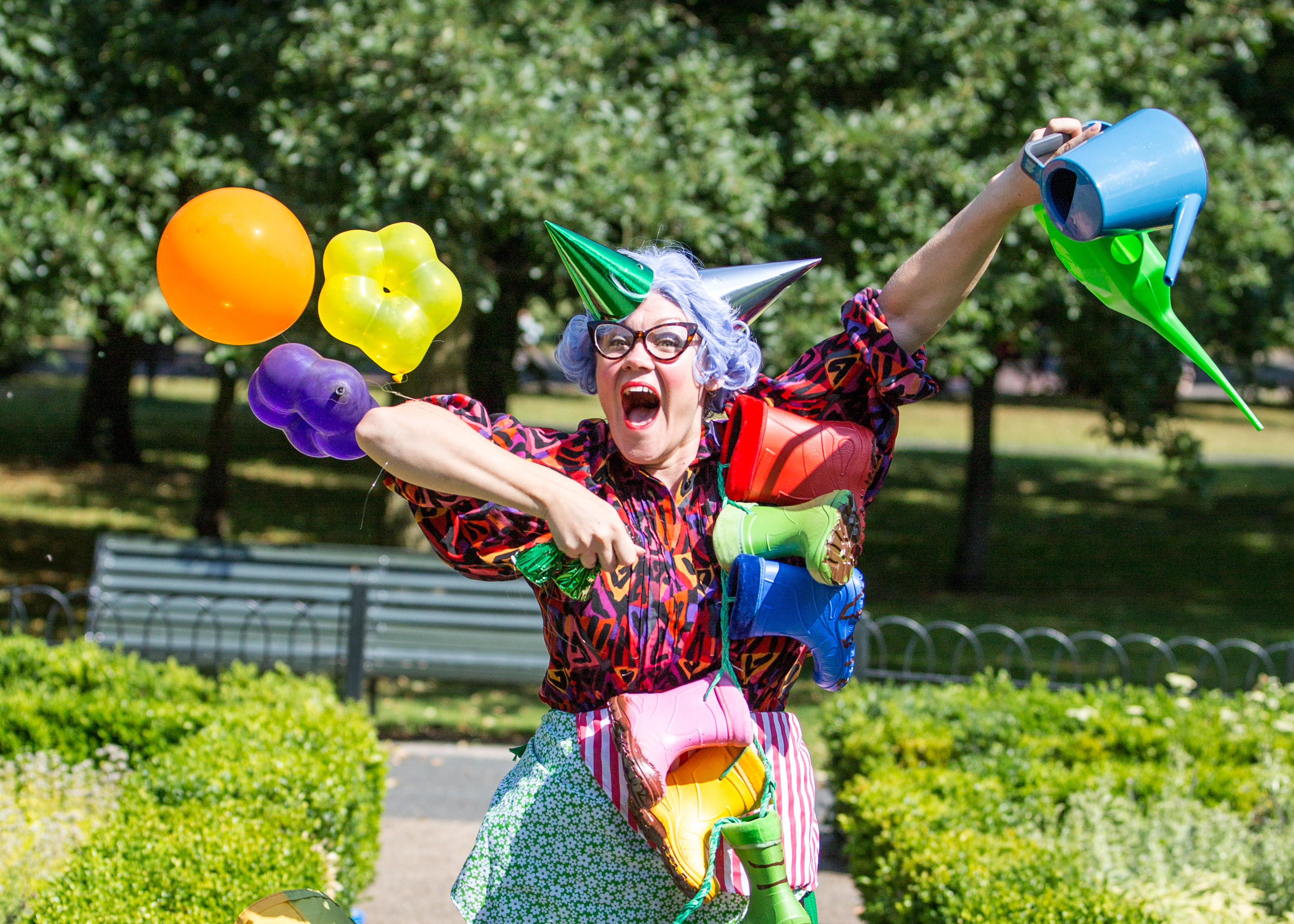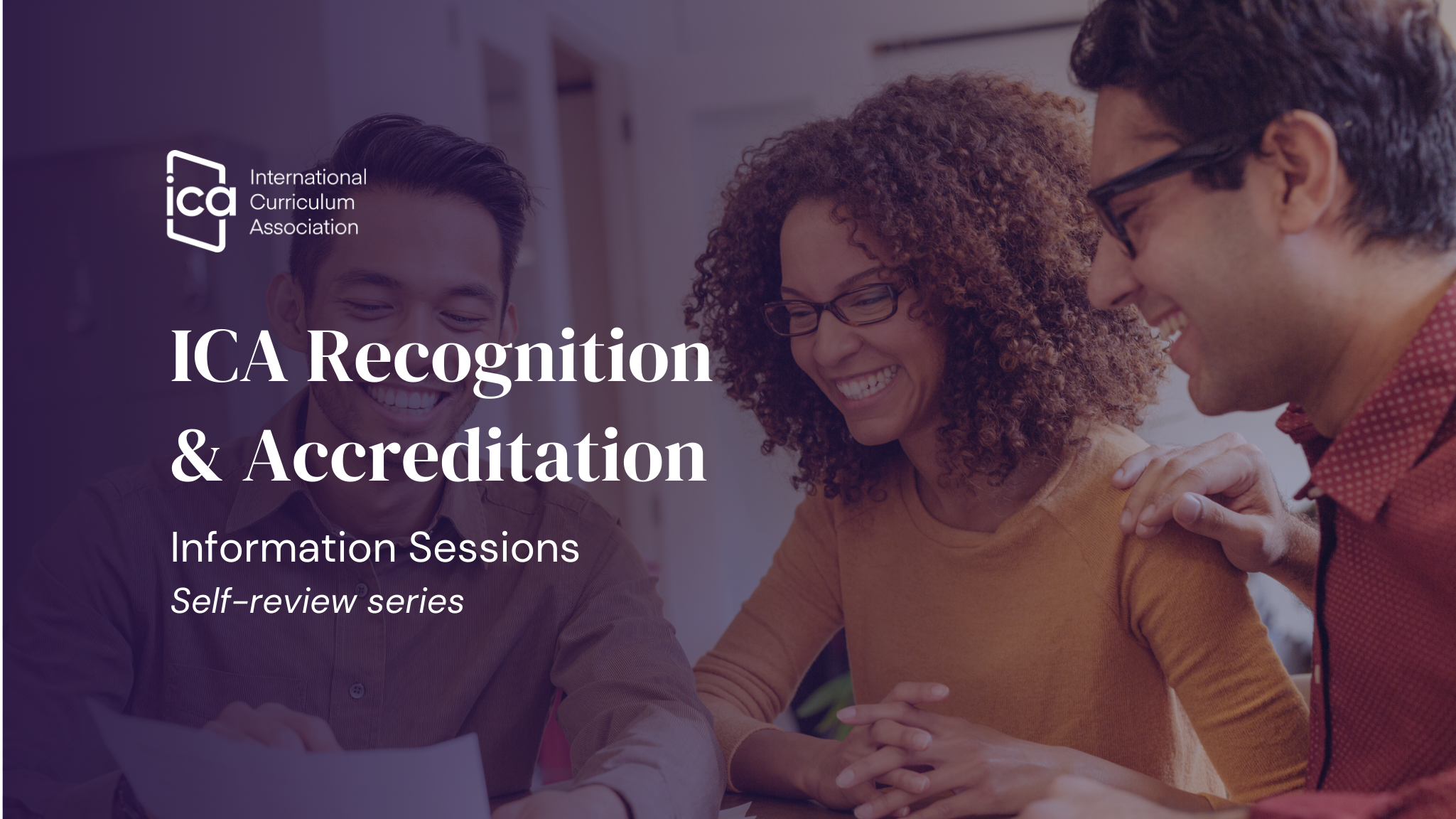As a longstanding educator, I remain fascinated by the student voice. ‘They’ say that should you want to know the truth, turn to a child. It is all very well to delve into the ‘Big Picture,’ perusing carefully researched statistics of multiple authors in a Brookings report (March 3, 2022), or absorbing the interesting insights of Yong Zhao and Jim Watterston about the impact of COVID-19 on educational standards (Springer Link, February 2021).
But, are we really hearing the student voice? The core of the educational project. Post-COVID, how are they faring? So, I attempted to do just that: I spoke directly with my students. By chance, an eager group of Primary 5 girls had bounced into my office to ask me for my thoughts on a current IPC topic. It was the perfect quid pro quo moment.
To my surprise...
I took out a sheet and wrote the headings: Pro and Con. Quite unlike the tone and content of COVID-related articles I have examined, I was genuinely surprised to find that, to a girl, they first launched into their positive memories of the lockdown, and Mexico’s had one of the longest. They told me they “really enjoyed getting up-to-speed with new technology;” it was “surprising how good Zoom classes could be;” the “freedom to stay at home and still get an education” often took them unawares; plus, “being patient, and waiting to speak at the right moment, was an important thing to learn”.
Of course, some memories counter-balanced the above. “Not being able to socialize so easily” was the obvious main negative.
It takes two to tango
In the interests of fairness and balance, I had to touch base with a few of the girls’ teachers in Primary. I asked them the same overarching question without sharing what I had just been told. This time they were far more cautionary about the efficacy of the online teaching and learning process. This is the gist of what was shared. “Motivating students without them actually being there was a challenge.” “I felt a pressure to entertain, to teach, and to watch out for my students’ well-being issues.” “My students were too young to see the psychological effects working on them. In some cases, I really began to see the sparkle in their eyes was lacking.”
Returning to the classes on campus required careful teaching, too. The “students’ social skills had been very much affected”. They felt more anxious about speaking up in class in front of their peers. “Rules in general had to be relearned.”
On the flip side, teachers interviewed also agreed with their students that it was an “innovative experience,” especially regarding technology. And that, happily, “the new knowledge and skills have stayed”.
And now…
The girls with whom I spoke today gave me a distinct impression that they can move on with life. No victimhood! Back with their friends, they have taken up the reins of their curriculum, and gallop along.
Their ebullience impresses me. While the 2022 Brookings report has kept its focus on damaged test scores in the USA, and Zhao and Watterston steam ahead with post-pandemic ideas of a “pedagogy that is student-centered, inquiry-based, authentic and purposeful,” my joyful girls are happy that they really can splice what was learned via zoom during the long pandemic with what is being offered live today.
International Primary Curriculum



